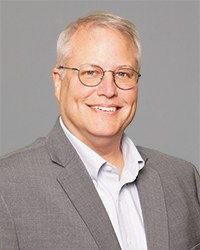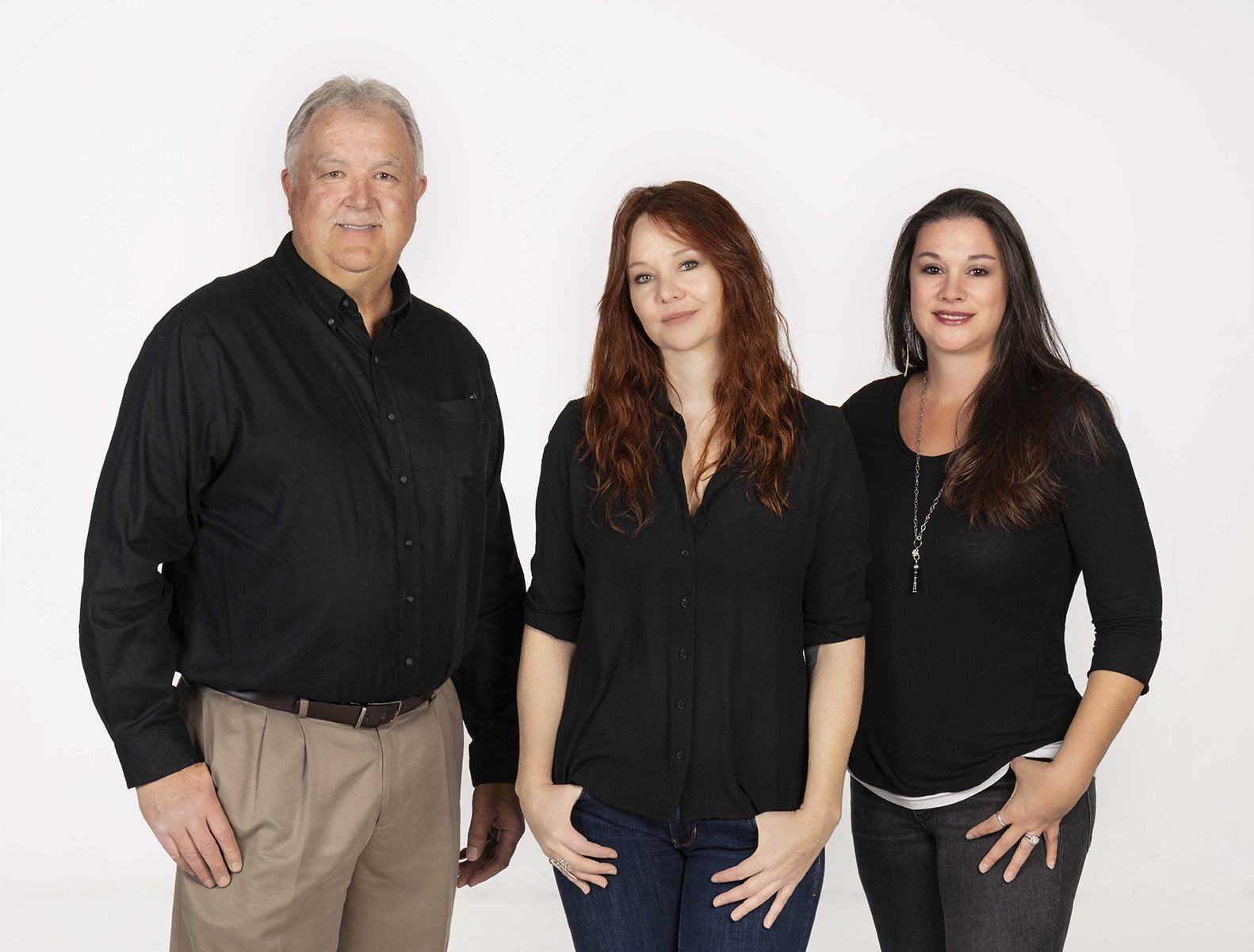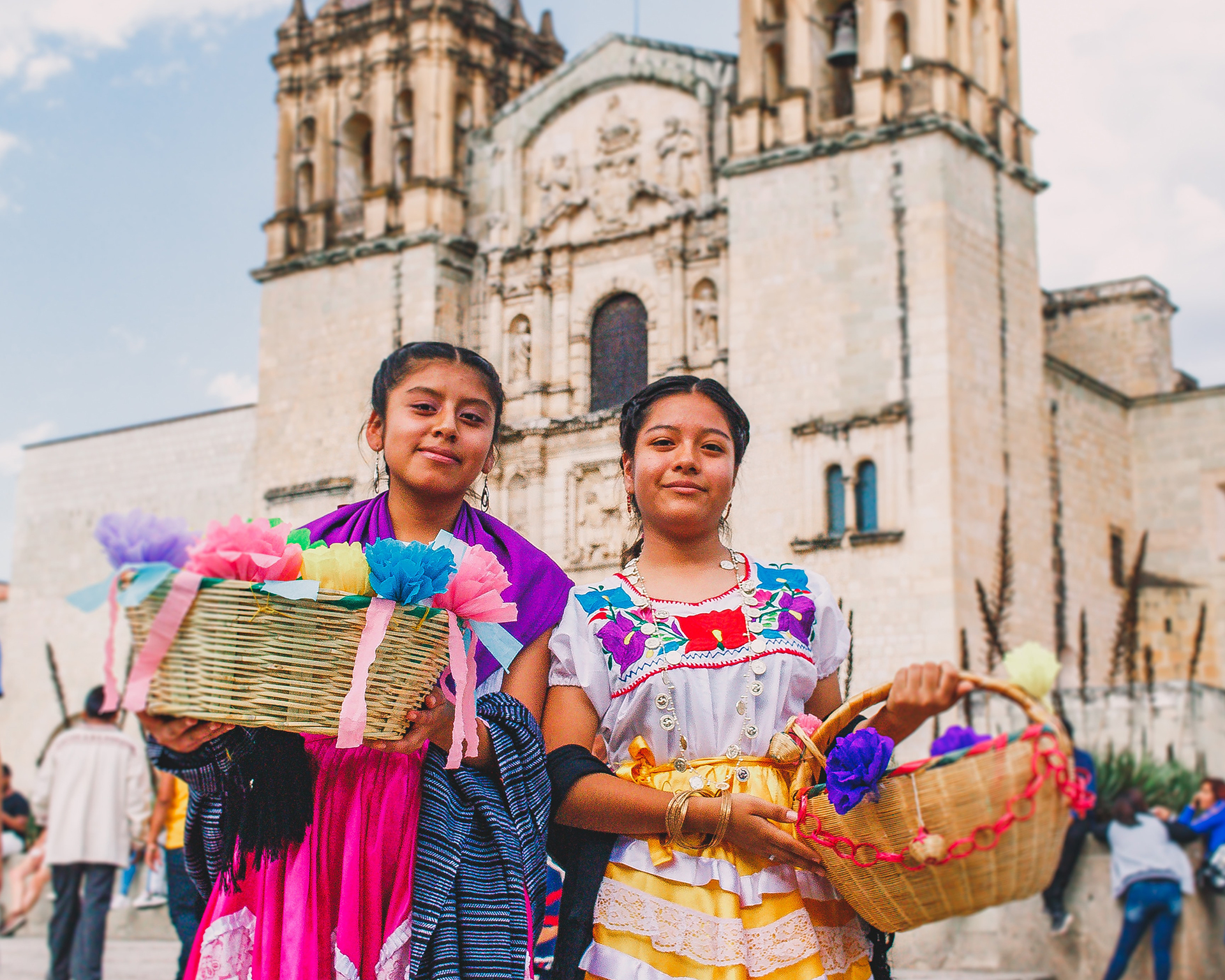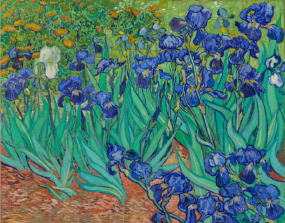By Brian D’Ambrosio
Bill Hearne isn’t one to muse languidly.
At 73, there is something rivetingly touching about the Santa Fe singer’s mulish willpower and the obvious love of music that has forever sustained him. Born with congenital cataracts at birth, Bill lost much of his sight by age 9. But his heartfelt vocals and personalized finger-picking guitar styleof more than five decades stand as a permanent repudiation of thelimits of his blindness.
From the beginning, music has been Bill’s beaming rebellion, a revelatory treasure trove of communication, a poised, purposeful function, as well as his outlet of both eloquence and escape. First there was the radio, picking up sound from the great beyond.
“My daddy and mom loved music,” said Bill, who was born in 1949 in Texas. “They did not play any instruments, but they loved music and always had the radio on. Usually, it was a big AM station called WBAP out of Fort Worth, and at that time it was just a country station. This was back before FM really got happening.”
Then came the recordplayer. Then somebody’s cast-off guitar. Then the gift of a real guitar.
“My aunt and uncle gave me my first guitar,” Bill said.“They were surrogate parents to me. And I started taking guitar lessons at 9 years old, with a Roy Rogers Silvertone.”
Bill soon was able to appreciate the structure of a song, and with that new awareness came the outlines and blueprint of a new world. Virtually blind in one eye and compromised in the other, Bill’s guitar playing wasn’t so much visually rooted but more expressively oriented and emotionally attuned.
“I have to turn my head because I don’t see out of my left eye. … So, I do look down to see if I’m going down the neck and that I’m not a half step off,” he said.
“I learned a lot from watching Doc Watson (who was born blind at birth). A lot of what I do I just came up with, and being visually impaired might have helped me in some respect, because I had to be alone to solve my problems.”
Bill attended high school in suburban east Dallas, concurrent to the folk revival burgeoning out East and the swiftly evolving honky-tonk country becoming popular out West. His influences came from both directions, including the Kingston Trio, then Bob Dylan and Joan Baez and the Chad Mitchell Trio, as well asBuck Owens, Merle Haggard, and George Jones.
Hours on end, Bill would sit alone in his room, feel the guitar and draw out his vocals, just a boy seeking familiarity and even teenage normalcy through his music. Indeed, Bill’s bond with the guitar was – and perhaps still is – the equivalent to a rescue or intervention, perhaps even the deliverance of a terribly fragile soul.
“I couldn’t drive. … I had almost no social contact with any of my peers in high school. Just go to school, go home, go to school, go home. The guitar was my friend. That was my companion. It was just my guitar and I. So that’s what kept me going on…My heart was in playing music.
“A little bit to my mama’s chagrin, she didn’t love some of the songs I was singing at 13, 14 years old.”
His mother had associated country music with honky-tonks and beer joints, drinking, adultery, heartbreak and loss, and nightlife. At least some of that entered the picture after Bill graduated from high school and moved to Austin in the late ‘60s. It was there, amid the city’s melting pot of rockers and country singers, that a series of events formed the foundation of a lifetime of music for Bill.
He became a regular contributor to the showcase of emerging musicians at the renowned Checkered Flag, at first performing a three-song set of requests for which he was paid $10 a night. Bill’s charm – a blend of homespun innocence and an unassuming presence – endeared him to a social circle in which he fit.
At its center was a blind woman named Bonnie Dell, who joined him to sing on stage. “It was just our voices and my guitar.” And a little love, too. It wasn’t long before the couple married.
Bill and Bonnie’s first big break in the music business came when they played at the inaugural Kerrville Folk Festival in Kerrville, Texas, in 1972. They would play at 28 more of the festivals in following years. This summer, Bill plans to play at the event’s 18-day, 50th year anniversary concert.
Bill said that once the obsession of “the outlaw, redneck rock thing died” in Austin, the local club scene eroded and the work evaporated. It was Red River, N.M., that ultimately provided the next great opportunity for Bill and Bonnie musically. Through the 1970s, the couple entertained there at the Alpine Lodge and in the ‘80s, at the Sagebrush Inn in Taos.
It was there, he said, that they developed “this dance cult thing, two-stepping, country-influenced, danceable, singer-songwriter music, with steel guitar and fiddle.”
Throughout the years, Bill and Bonnie swooned audiences with a five-piece country-rock ensemble that they had formed and developed a number of tight connections with other musicians. These included, most enduringly, Lyle Lovett, who they initially met at the Kerrville Folk Festival and who invited the Hearnes to “sit in with him every time he has come to Albuquerque or Santa Fe.”
Though Bonnie Hearne died in 2017 at age 71, Bill continues to get on stage solo. He has a weekly gig at La Fonda on the Plaza in Santa Fe that’s lasted for more than 25 years, despite – or perhaps because – he follows a formula. Bill has never written his own songs but instead sticks to a select set of ballads, played with picking skills that are doggedly intact.
A self-described “purist,” he turns away from the extravagantly romantic and willfully overblown elements of the genre’s rascally nature.
“I don’t do clichéd hits. The country stuff I do is obscure, not blatant cover songs. I like … finding some of the better-written songs that are buried on albums, with no radio play. I hope to keep playing and to keep my music integrity.”














